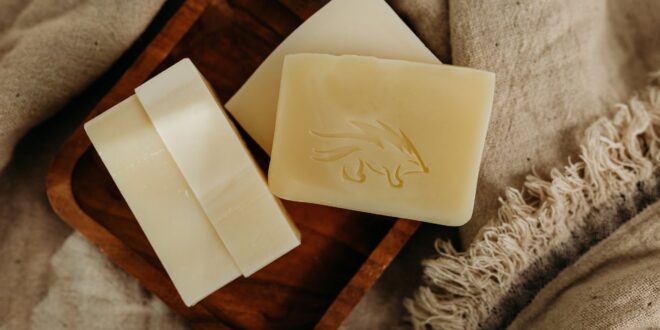In a world full of synthetic skincare products, more people are returning to natural, time-tested ingredients for their beauty and wellness routines. One such ingredient gaining attention is tallow—a form of rendered animal fat that has been used for centuries in soap making. Tallow soap, once a household staple, is now being rediscovered for its nourishing, gentle, and sustainable properties.
The shift toward simpler formulations has highlighted how effective traditional skincare can be. Consumers are now prioritizing quality and function over trend.
Key Points:
- Tallow soap is made by combining beef fat and lye.
- It moisturizes and supports skin with vitamins A, D, E, and K.
- Ideal for sensitive and dry skin.
- Sustainable option that repurposes meat industry byproducts.
- Lasts longer than many commercial soaps.
- Can support skin healing and barrier repair.
What is Tallow Soap?
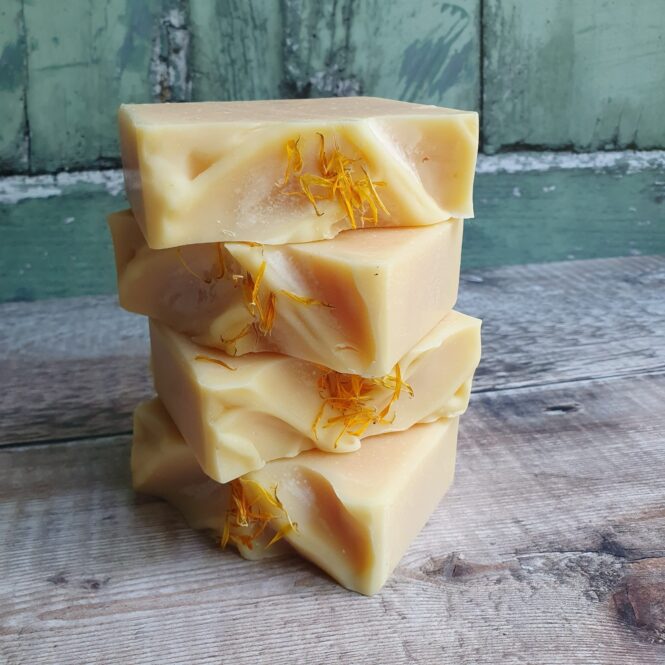
Tallow soap is a traditional soap made by mixing rendered beef fat, known as tallow, with lye through a process called saponification. The result is a firm, long-lasting bar with a creamy lather and excellent cleansing properties.
For centuries, families used tallow soap as a staple hygiene item, especially in rural or agricultural households where beef fat was readily available after livestock processing. It was valued for its practicality, minimal ingredient list, and skin-friendly effects.
Today, the revival of old-world skincare has brought tallow soap back into focus. Modern soap makers, especially those focused on natural and sustainable living, appreciate tallow for its unique ability to mimic the skin’s own oils. It’s also a more eco-conscious choice, repurposing animal byproducts that would otherwise go to waste.
With its nourishing, gentle properties and clean, honest formulation, tallow soap has reclaimed its place in homes seeking simplicity and effectiveness.
Benefits of Tallow Soap for Skin
- Moisturizing and Nourishing: Tallow is rich in fatty acids like oleic and stearic acid, which help moisturize and protect the skin’s natural barrier. Unlike some soaps that can leave skin feeling dry or stripped, tallow soap leaves it soft and hydrated.
- Mild and Gentle: Thanks to its close similarity to the natural oils in human skin, tallow soap is well-tolerated by most skin types, including sensitive or dry skin. It cleanses effectively without causing irritation.
- Rich in Vitamins: Grass-fed tallow contains vitamins A, D, E, and K—nutrients that support skin repair, renewal, and overall health.
- Long-Lasting and Hard: Tallow contributes to a firm, durable bar that lasts longer in the shower compared to many vegetable oil-based soaps, reducing waste and making it more cost-effective.
Is Tallow Soap Sustainable?
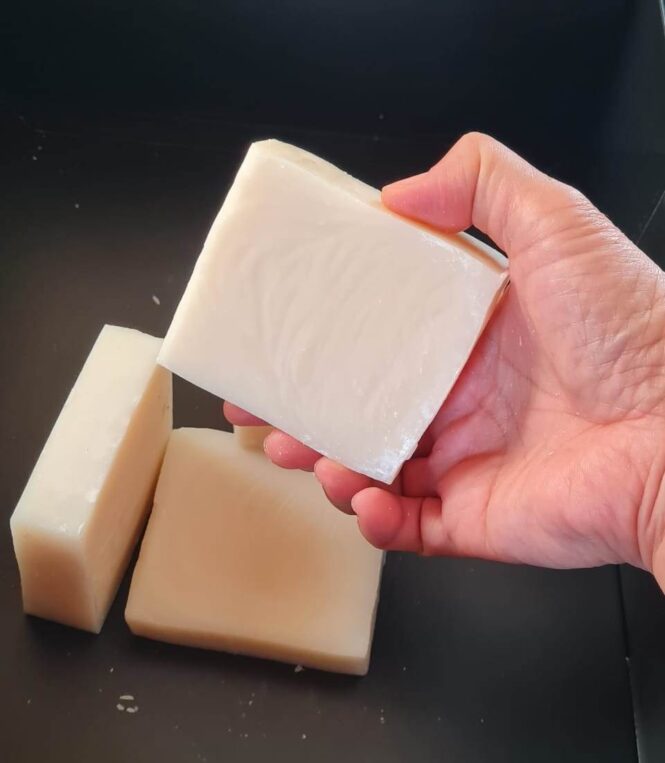
Tallow soap stands out as a sustainable skincare option because it turns a byproduct of the meat industry—rendered beef fat—into something practical and nourishing. Instead of letting this fat go to waste, soap makers upcycle it into a useful product, reducing the overall environmental footprint of animal farming.
When the tallow comes from grass-fed, pasture-raised animals, the benefits go even further. Grass-fed farming supports healthier soil, reduced emissions, and better animal welfare practices. This method of sourcing tallow aligns closely with regenerative agriculture, which aims to restore and enhance the environment rather than deplete it.
By choosing tallow soap from responsible producers, consumers indirectly support farms that focus on ecological balance. It also helps reduce reliance on industrial palm oil or synthetic surfactants, which carry their own sustainability concerns. For anyone serious about minimizing waste and supporting circular resource use, tallow soap offers a meaningful, low-impact solution.
Who Can Benefit from Tallow Soap?
Tallow soap is especially beneficial for:
- People with dry, sensitive, or irritated skin
- Those looking for a simple, natural soap with minimal ingredients
- Individuals avoiding synthetic fragrances, colors, and chemicals
- People seeking sustainable skincare alternatives
Some users have found relief from skin conditions like eczema, psoriasis, and dermatitis with regular use of tallow soap, though individual experiences may vary.
How to Use Tallow Soap
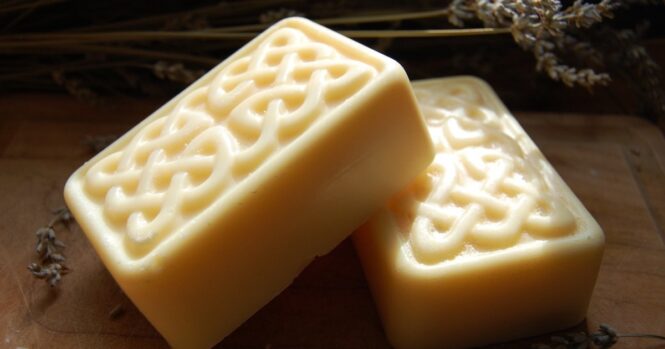
Tallow soap can be used just like any other bar soap. It lathers well and is suitable for cleansing the face, body, and even hands. Many handmade tallow soaps are scented naturally with essential oils or herbs, though unscented versions are available for those with sensitivities.
For best results, store the soap on a well-draining soap dish to prolong its lifespan.
How to Choose a High-Quality Tallow Soap
Not all tallow soaps are created equally. To get the most benefit, it helps to choose soaps made from clean, ethical sources.
- Look for soaps made with 100% grass-fed, pasture-raised tallow.
- Avoid products with synthetic additives or artificial fragrance.
- Check for small-batch or artisan labels, which often use traditional methods.
- Opt for unscented or essential oil-scented bars if your skin is sensitive.
Ingredient transparency matters. The fewer unnecessary ingredients, the better the results for skin clarity and balance.
Why Tallow Outperforms Plant Oils in Soap
Tallow and plant oils both create soap, but they function very differently. Plant oils often make softer bars that melt quickly or dry out the skin.
Tallow soaps produce a creamier, richer lather. They resist breakdown in the shower. They don’t strip the skin like some coconut oil-based soaps. And they deliver vitamins in a form the skin can absorb. While plant-based ingredients have a role, many people find better skin texture and less dryness when switching to tallow-based formulations.
Tips for First-Time Users
Switching to tallow soap may feel different at first. The texture, scent, and feel vary from commercial options.
- Use a soap saver dish to help the bar dry between uses.
- Try it on the body first before using it on the face.
- Pair it with a simple, non-comedogenic moisturizer.
- Avoid using it on broken or cracked skin until healing begins.
- Give your skin at least one week to adjust to the new formula.
Some people experience a brief transition phase. That’s normal. Your skin may shed residue from commercial soaps and rebalance its natural oils.
The Historical Roots of Tallow Soap
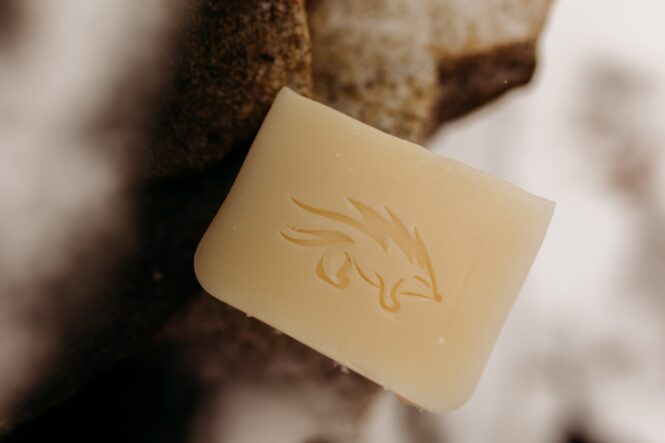
Tallow soap is not a trend. It has a long history in many cultures as a cornerstone of personal hygiene. Before mass-produced soaps filled with synthetic detergents, families made their own bars with tallow. It was efficient, local, and reliable. In many regions, women passed recipes and techniques through generations. Soap making was part of seasonal work on farms, especially after butchering animals.
That history gives tallow soap a certain resilience. It works because it always has. The revival of tallow soap today isn’t a fad—it’s a return to function and purity.
Final Thoughts
Tallow soap is more than a nostalgic nod to the past—it’s a practical, nourishing, and sustainable choice for modern skincare. Its return is not based on trends, but on real performance. It offers deep moisturization, minimal ingredients, and a reliable alternative to harsh, synthetic soaps.
For those struggling with irritation or dryness, the fatty acid profile and vitamin content of tallow can help repair and calm the skin barrier. It also fits seamlessly into routines built around low-waste, slow-living values.
Choosing tallow soap means using every part of the animal, aligning with a philosophy of conscious consumption. Unlike many commercial bars packed with unnecessary chemicals, tallow soap is honest in its simplicity and time-tested in its results.
Whether your goal is a more natural skincare routine, support for sustainable farming, or relief from common skin issues, tallow soap delivers on all fronts. It deserves a lasting place on the bathroom shelf.
 Imagup General Magazine 2025
Imagup General Magazine 2025
